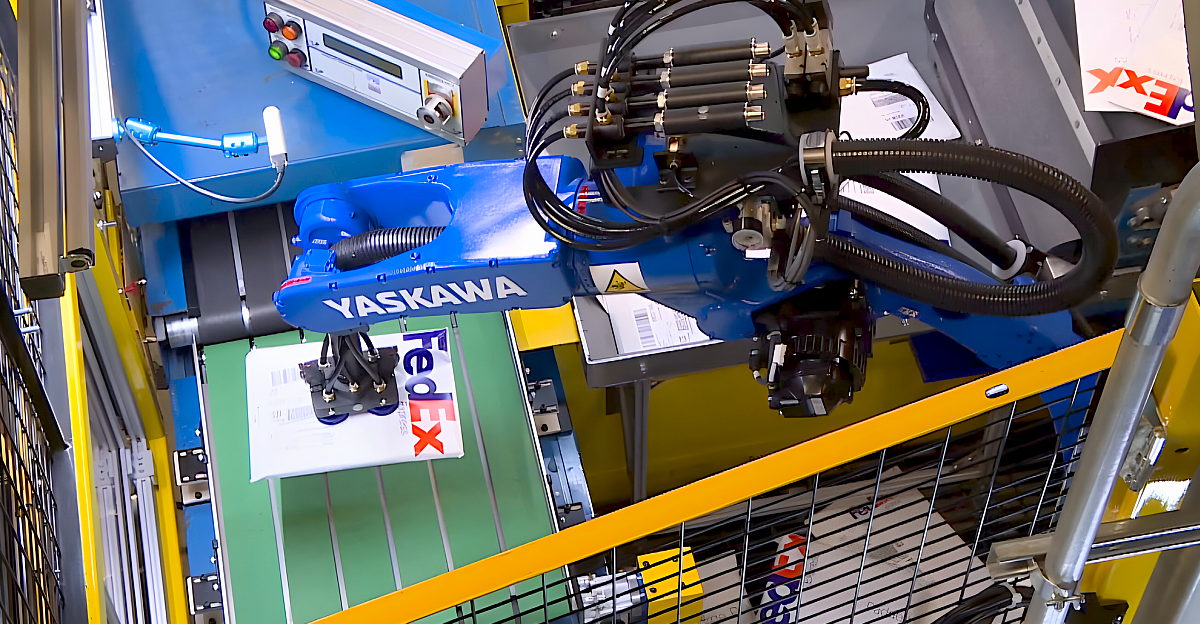
A shocking wave of layoffs just swept FedEx, with approximately 4,860 U.S. positions cut under its sweeping Network 2.0 automation overhaul. This marks one of the largest workforce disruptions in recent memory. Across dozens of hubs and facilities, human roles are being replaced by robots and consolidated operations. FedEx says integrating its Express and Ground systems and adding AI-driven sorters is critical to stay efficient—especially in a sluggish parcel market.
But for employees and their communities, what’s being sold as corporate modernization feels like a relentless blow to job security and livelihoods.
Why It’s Happening
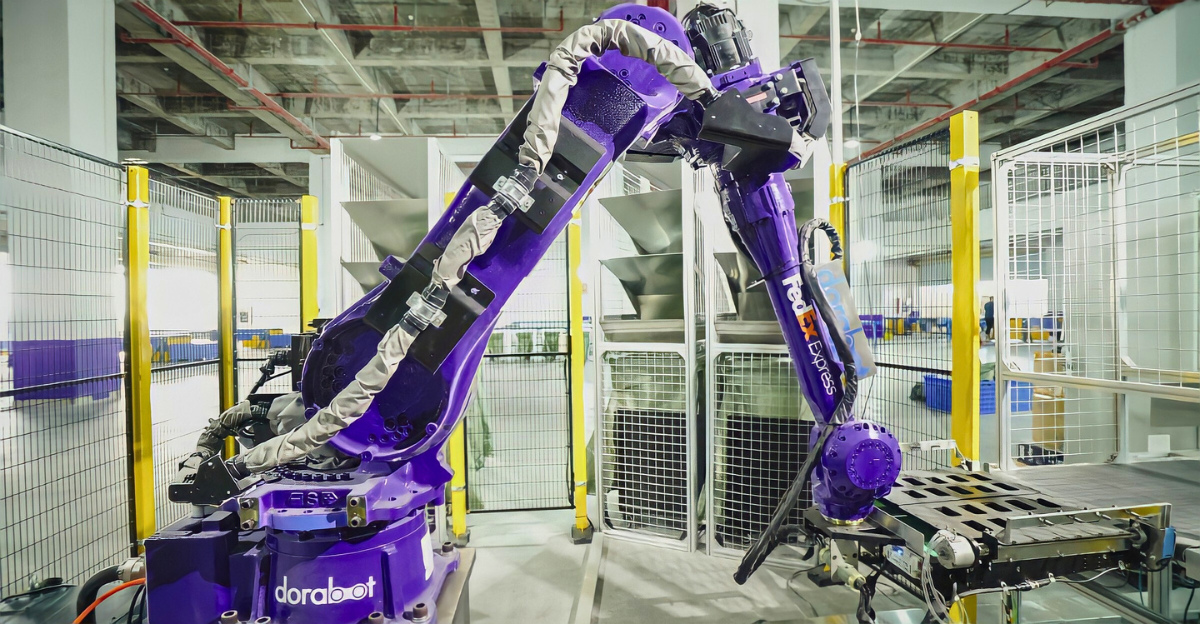
FedEx is merging its separate Express and Ground networks under a multi-year “Network 2.0” overhaul to eliminate overlap and save money. Executives say the plan will trim pickup/delivery costs by about 10% in rolled-out markets and save ~$2 billion by 2027. With shipping volumes soft, CEO Raj Subramaniam argues cutting fixed costs through automation and consolidation is the only way to keep prices stable.
Job Loss Fallout
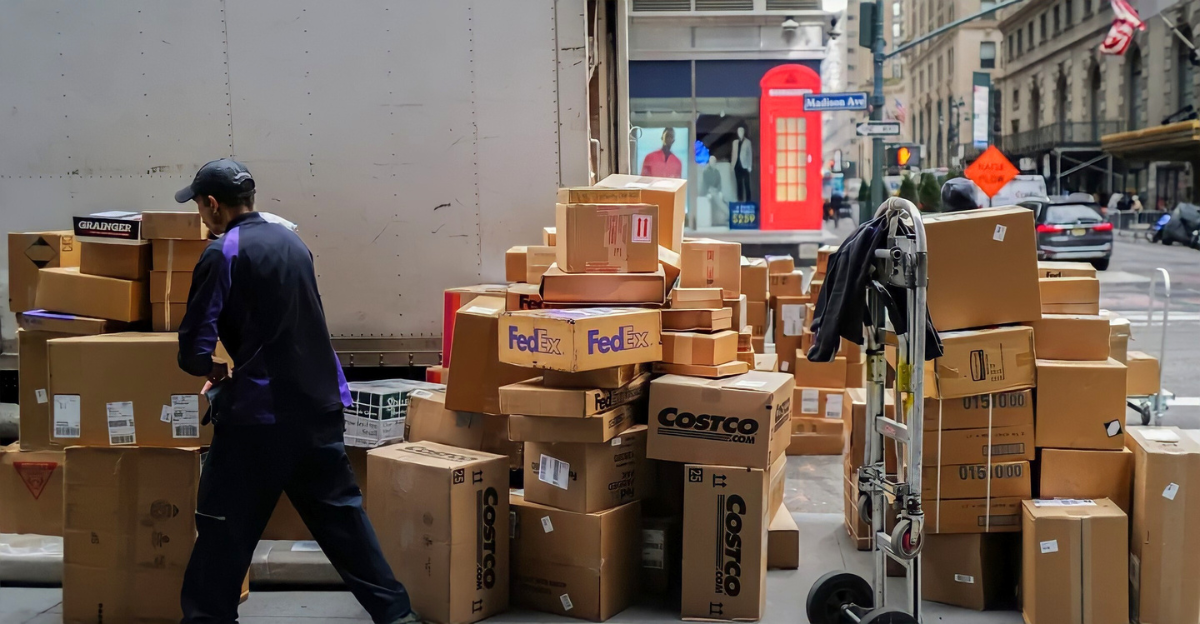
In North Carolina’s Triangle region, FedEx confirmed that it will shut a Durham facility and cut 218 jobs in Raleigh — 341 positions gone by February. Most of the layoffs affect couriers and on-site staff. FedEx says affected employees will be offered transfers, severance or job-search assistance, but workers worry the “network optimization” is chipping away at livelihoods.
Rise of the Robot Workforce

FedEx is rapidly rolling out new automation in its hubs. It’s testing Dexterity’s AI-driven two-armed robots (DexR) to autonomously load trailers, which promises to boost speed and reduce manual lifting. Warehouse scanners and conveyor systems already handle thousands of packages per hour, highlighting how machines are taking on more of the heavy lifting.
Competitor Copycats
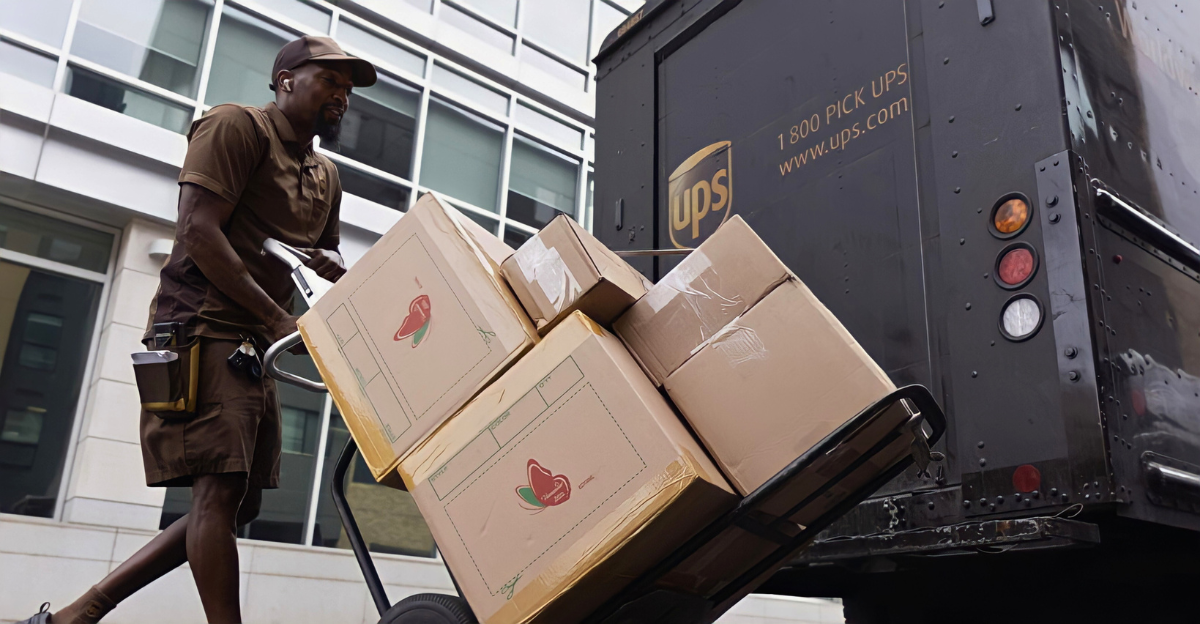
FedEx isn’t alone. Rival UPS announced it will cut about 12,000 jobs in 2024 while pushing network automation to save roughly $1 billion. Amazon’s fulfillment centers already run over 750,000 warehouse robots worldwide, enabling higher throughput with proportionally fewer human packers. Even the U.S. Postal Service is investing in automated sorting and delivery tech, underscoring that the whole shipping industry is moving toward robots.
The Global Domino
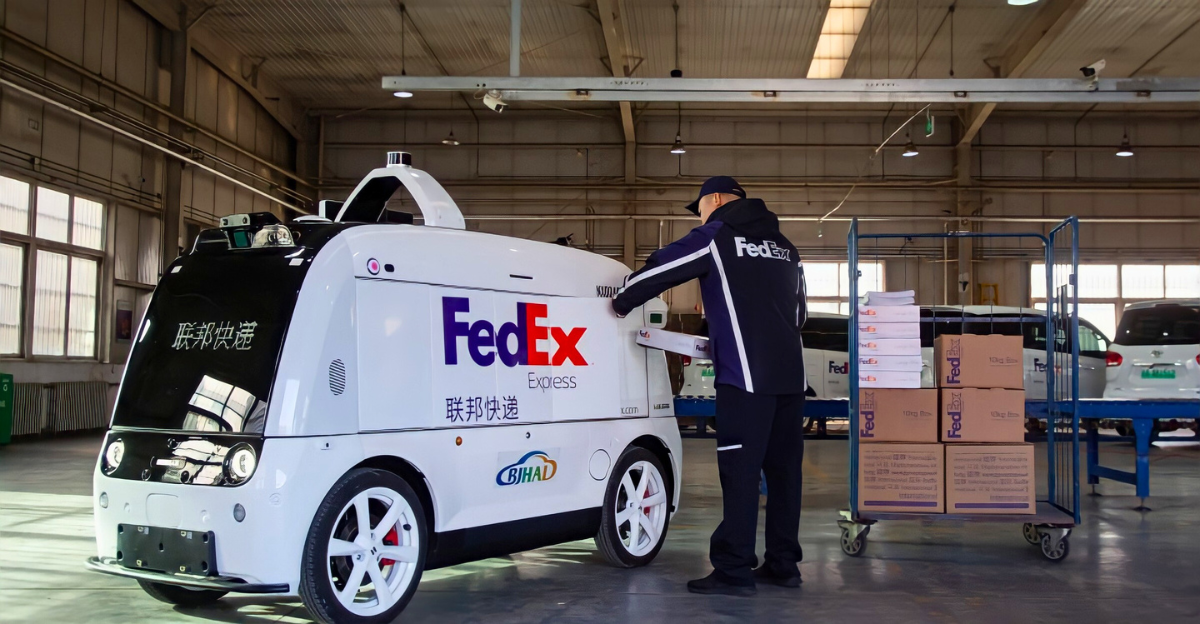
The automation push is global. In June 2024, FedEx announced plans to eliminate up to 2,000 European jobs in its express operations as freight demand weakens. Those cuts will incur hundreds of millions in severance and fees but save more than $125 million a year. CEO Subramaniam also warned that tariffs and sluggish industrial output are hurting international volumes, saying “the global demand environment remains volatile” – a trend that has already squeezed FedEx’s China–U.S. business.
Inside Worker Blowback

Disgruntled staff are fighting back. FedEx Express mechanics in Memphis have petitioned to join the Teamsters union, warning that without collective bargaining “our livelihoods will no longer be subject to arbitrary and unfair management discretion”. The effort reflects deep anxiety: workers see automation and network mergers as existential threats to stable, union-protected jobs.
Politics Enters the Chat

The shake-up has landed in Washington. The Department of Transportation just awarded $3.5 million in grants to fund trucking and logistics training programs, aiming to help displaced delivery workers acquire new skills. Unions and some lawmakers are also demanding oversight; Teamsters have publicly challenged FedEx’s network changes, and Congress is holding hearings on how automation and layoffs affect the workforce.
The political debate is heating up over whether to offer incentives for retraining or impose tighter regulations on tech-driven cuts.
What You Can Do Now
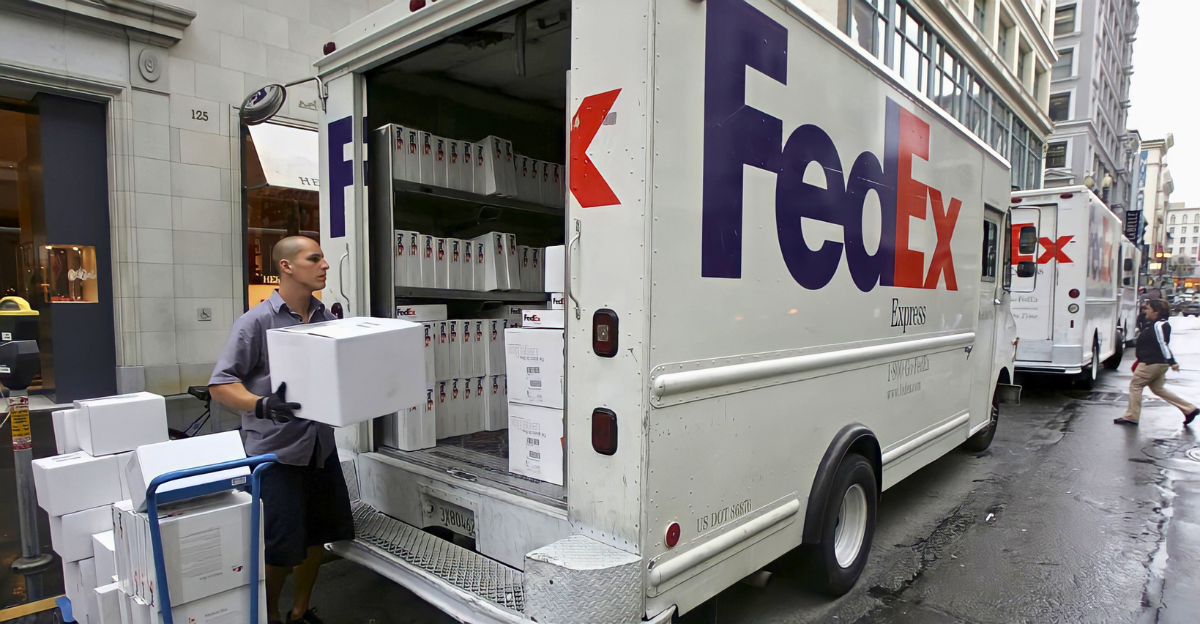
FedEx workers facing layoffs should seek retraining and look into internal relocation options – FedEx has said it will offer transfers and support to those impacted. The U.S. government’s new trucking-training grants illustrate one path for upskilling. Shippers and consumers, meanwhile, should plan for potential delays: FedEx has been warning customers in advance of service changes.
In practice, that means ordering early, comparing carriers, and staying updated on FedEx service alerts.
Forward-Looking
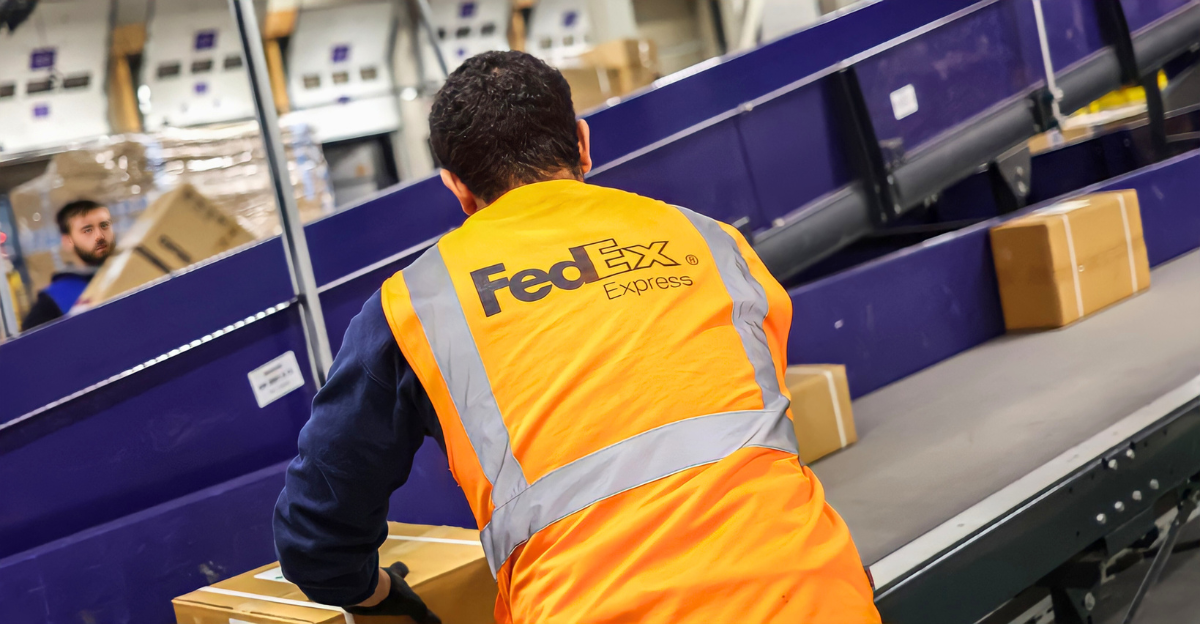
FedEx’s latest cuts show how a single corporate move can ripple across the economy. The Network 2.0 drive aims to save billions and has accelerated automation, but it’s also sparked a cascade of industry layoffs, political responses, and worker actions.
Beyond these immediate effects, the episode underscores a bigger lesson: advances in technology and cost-cutting efficiencies will continue reshaping jobs, policies and even the way everyday deliveries are handled in years to come.